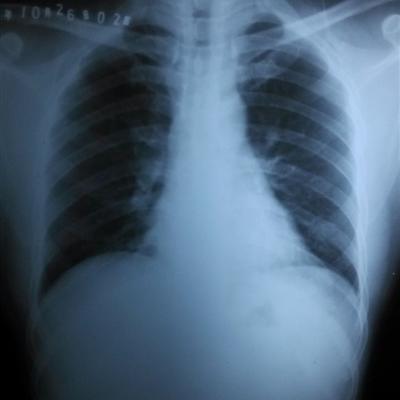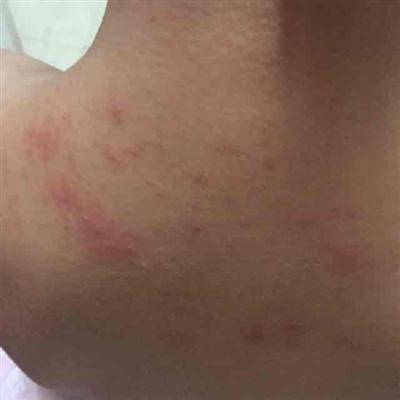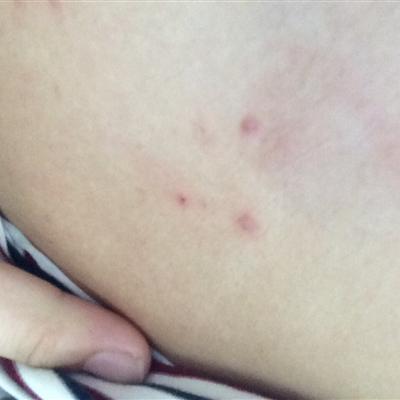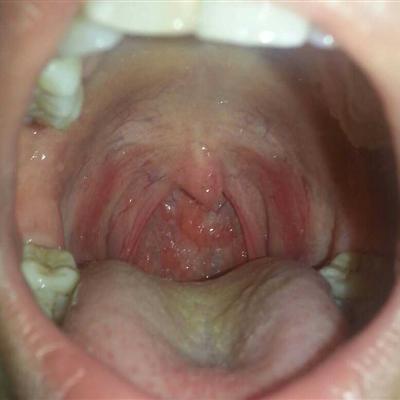How is splenic abscess treated?
summary
Splenic abscess is a disease often secondary to splenic trauma. It can also be caused by splenic artery and vein embolization leading to splenic infarction followed by infection. The main manifestation of the patient is high fever, which can be diagnosed by laboratory examination and imaging examination. In addition, comprehensive measures such as antibiotic treatment and symptomatic support treatment should be taken. How is splenic abscess treated? Now let's talk about it.
How is splenic abscess treated?
The treatment of splenic abscess should include systemic treatment and local treatment. Systemic treatment mainly includes the application of broad-spectrum, efficient and sensitive antibiotics and systemic support treatment. The third generation cephalosporins and metronidazole should be used in combination, and attention should be paid to fungal infection. If there are bacteriological culture results, the medication should be adjusted in time.

In principle, if the spleen can be resected, it should be resected. If it is difficult to resect because of too many dense adhesions around the spleen, the incision and drainage of the abscess can also be considered. Usually, in these cases, the left upper abdomen should be explored through rectus abdominis incision, and different degrees of adhesion around the spleen will be found. A transverse incision of the upper abdomen can also be made to reduce the risk of postoperative wound rupture. If adhesions can be separated, the whole spleen should be removed. If the adhesion is too dense and difficult to separate, splenectomy is difficult, or the patient's general condition is poor and can not tolerate the operation, puncture can be performed at the place with the most adhesion (generally the most superficial part of the abscess). Once the pus is extracted, incision and drainage can be performed at this place, and the drainage can be directly led out of the body from another abdominal wall puncture, while the original incision can be sutured at one stage. It should be emphasized that splenectomy is the best choice for splenic abscess, and incision and drainage should be done only occasionally when necessary.

For some single abscess, it is estimated that the pus is thin, we can consider ultrasound-guided percutaneous catheter drainage of abscess, and wash it with normal saline and antibiotics every day. When the symptoms and signs disappear and the pus cavity is closed, the drainage tube should be removed. If the drainage treatment fails, it should be converted to surgical treatment in time.

matters needing attention
The prognosis of the disease is poor, so prevention is better than treatment. For trauma patients with risk of splenic abscess, prophylactic antibiotic treatment, nutrition and immunity should be strengthened.



















